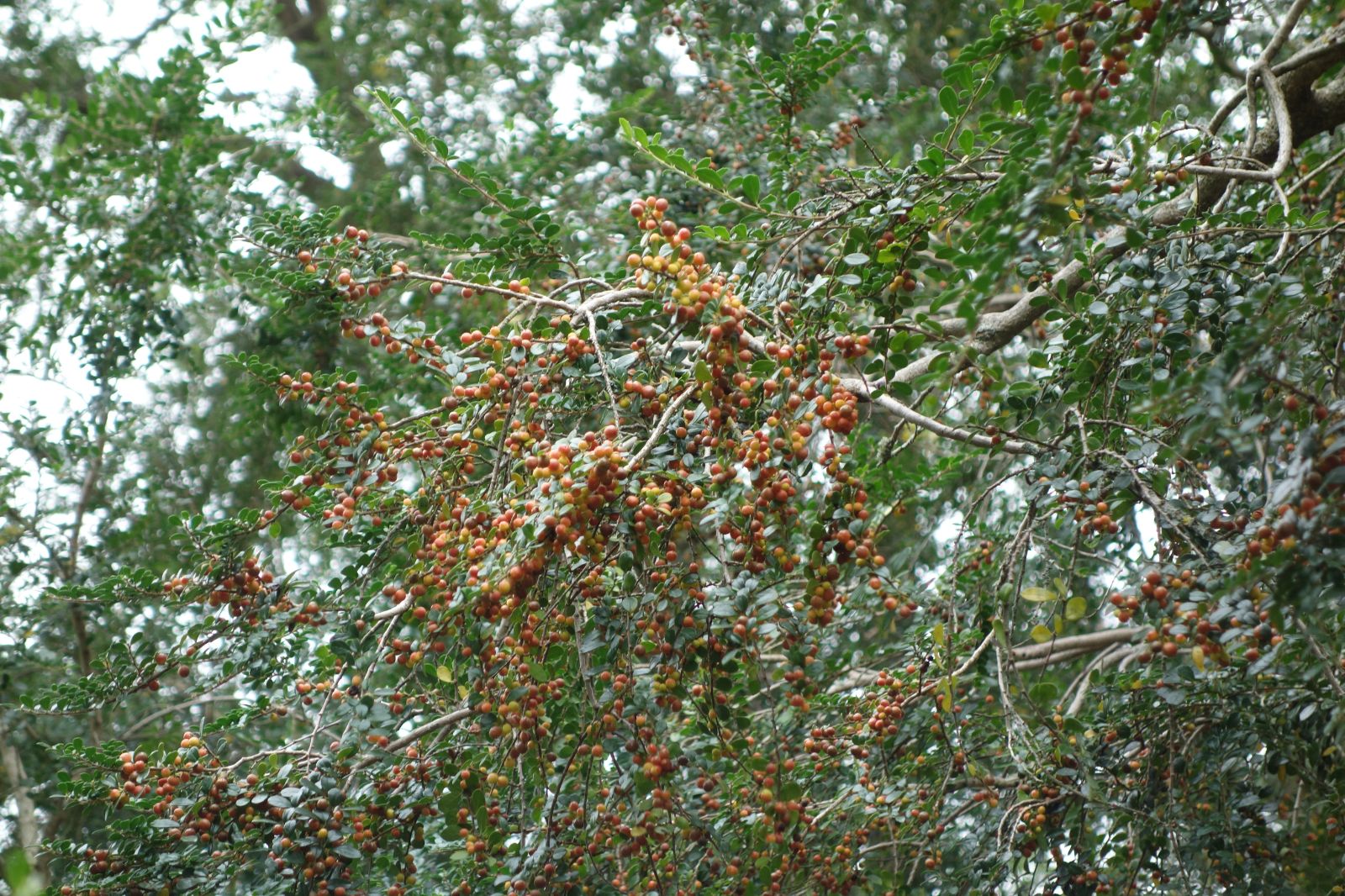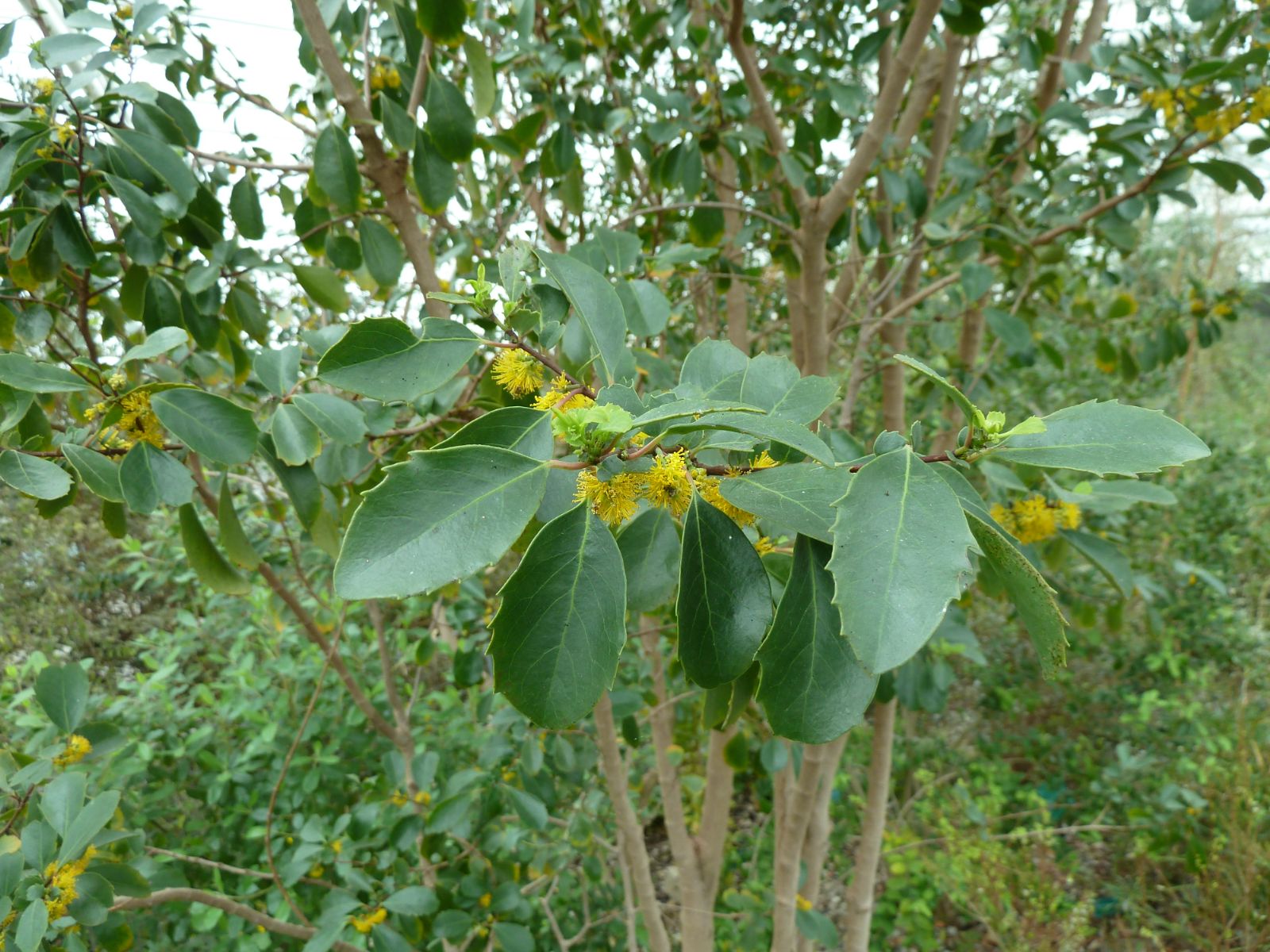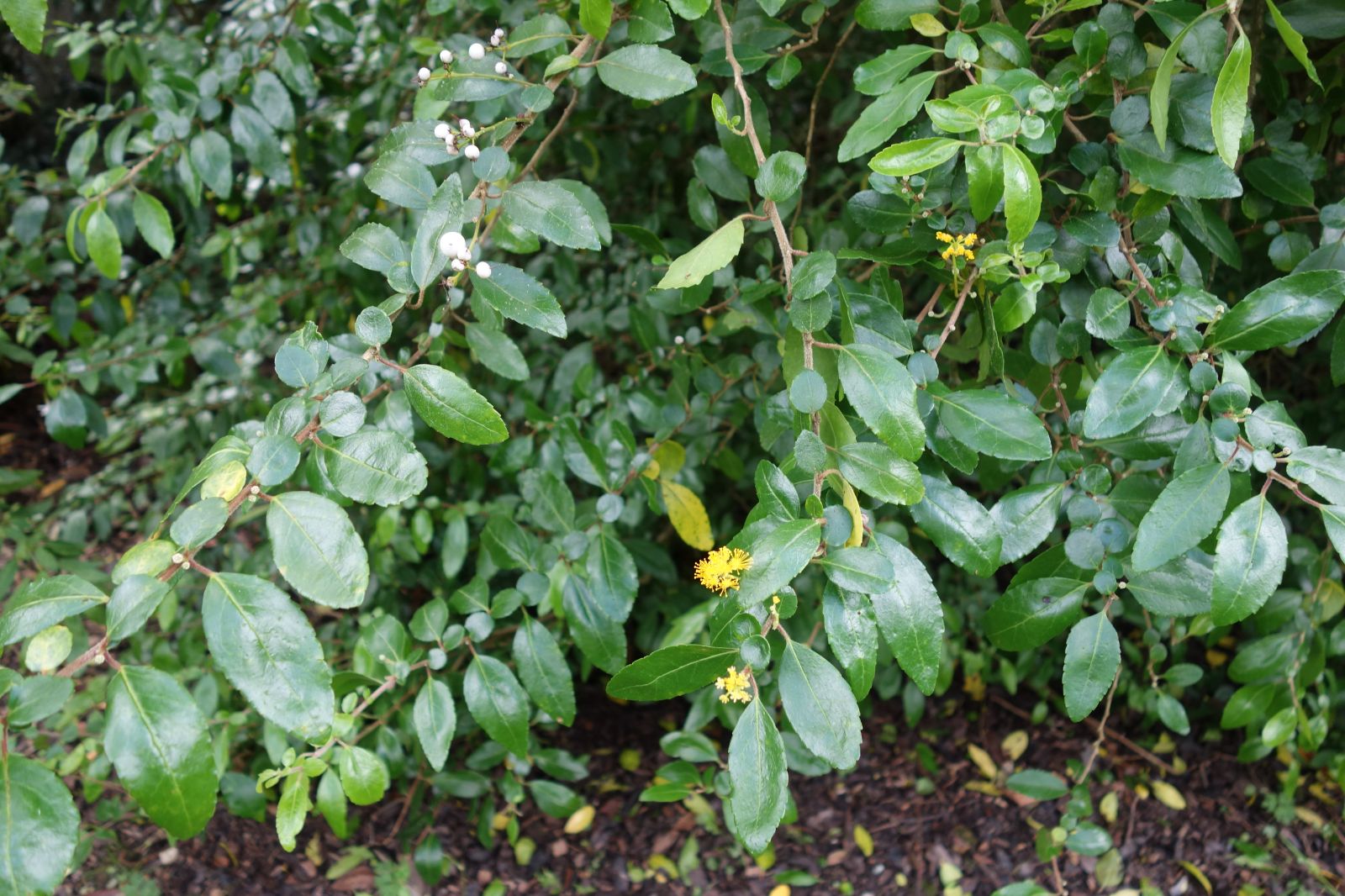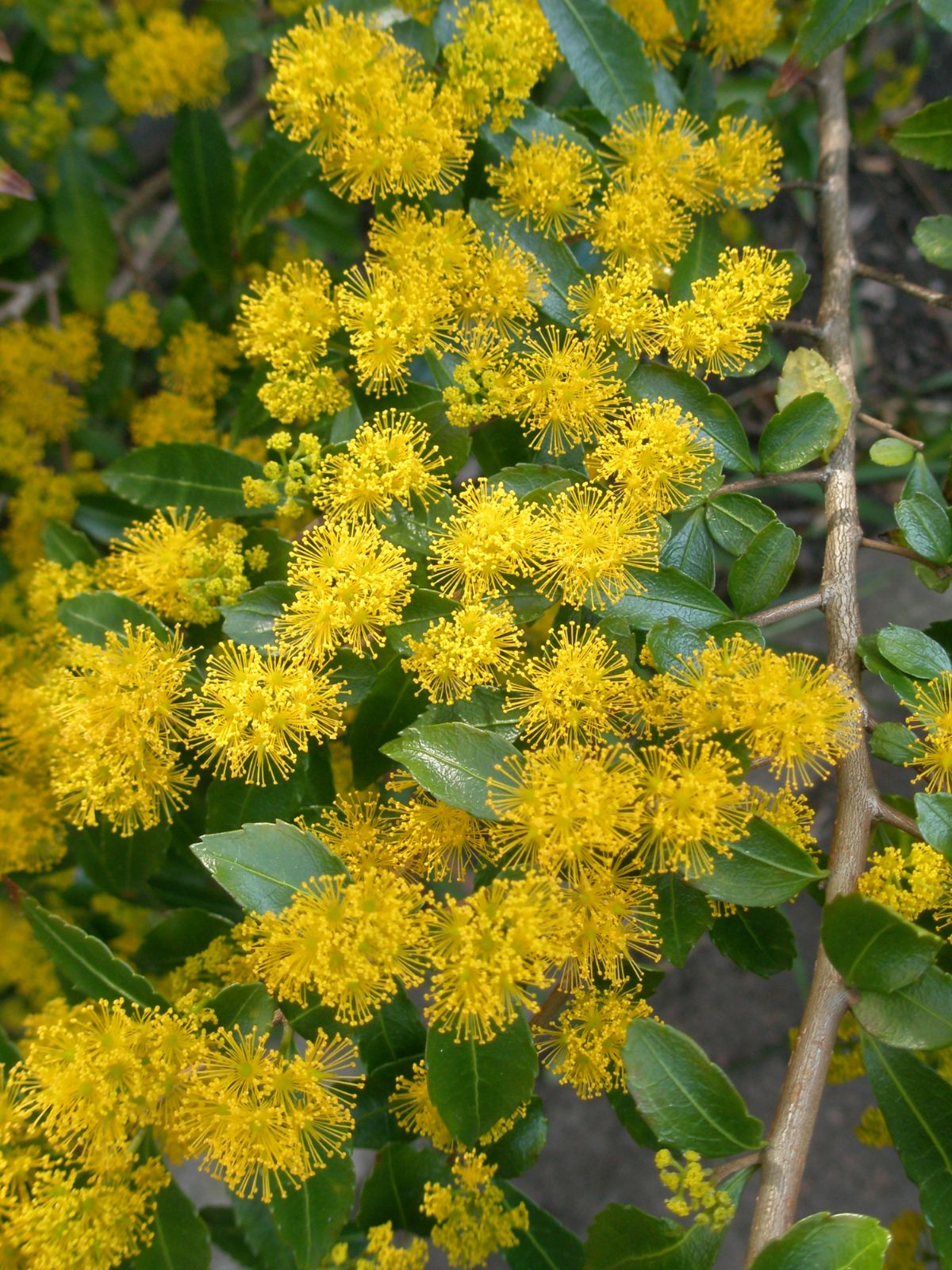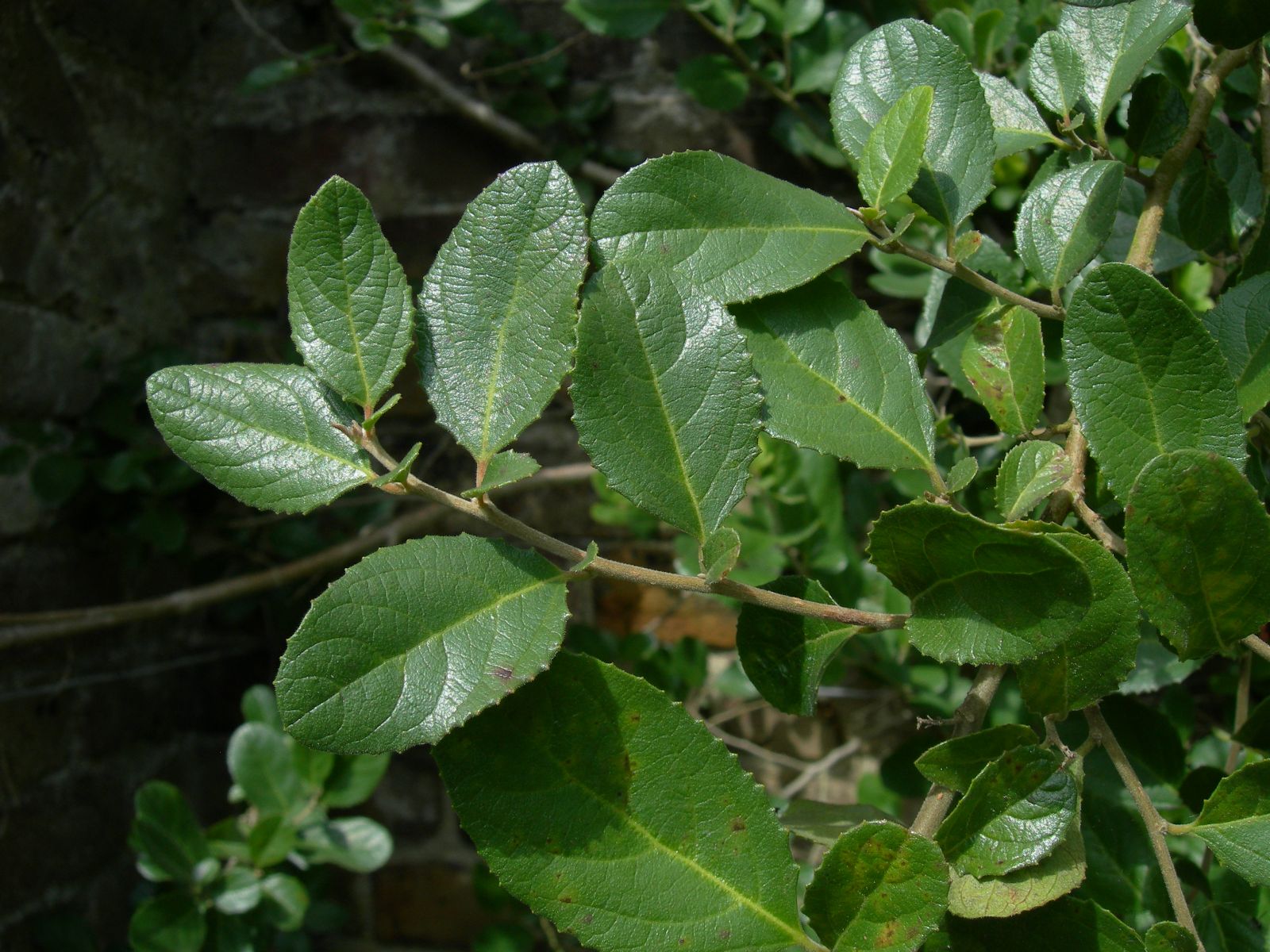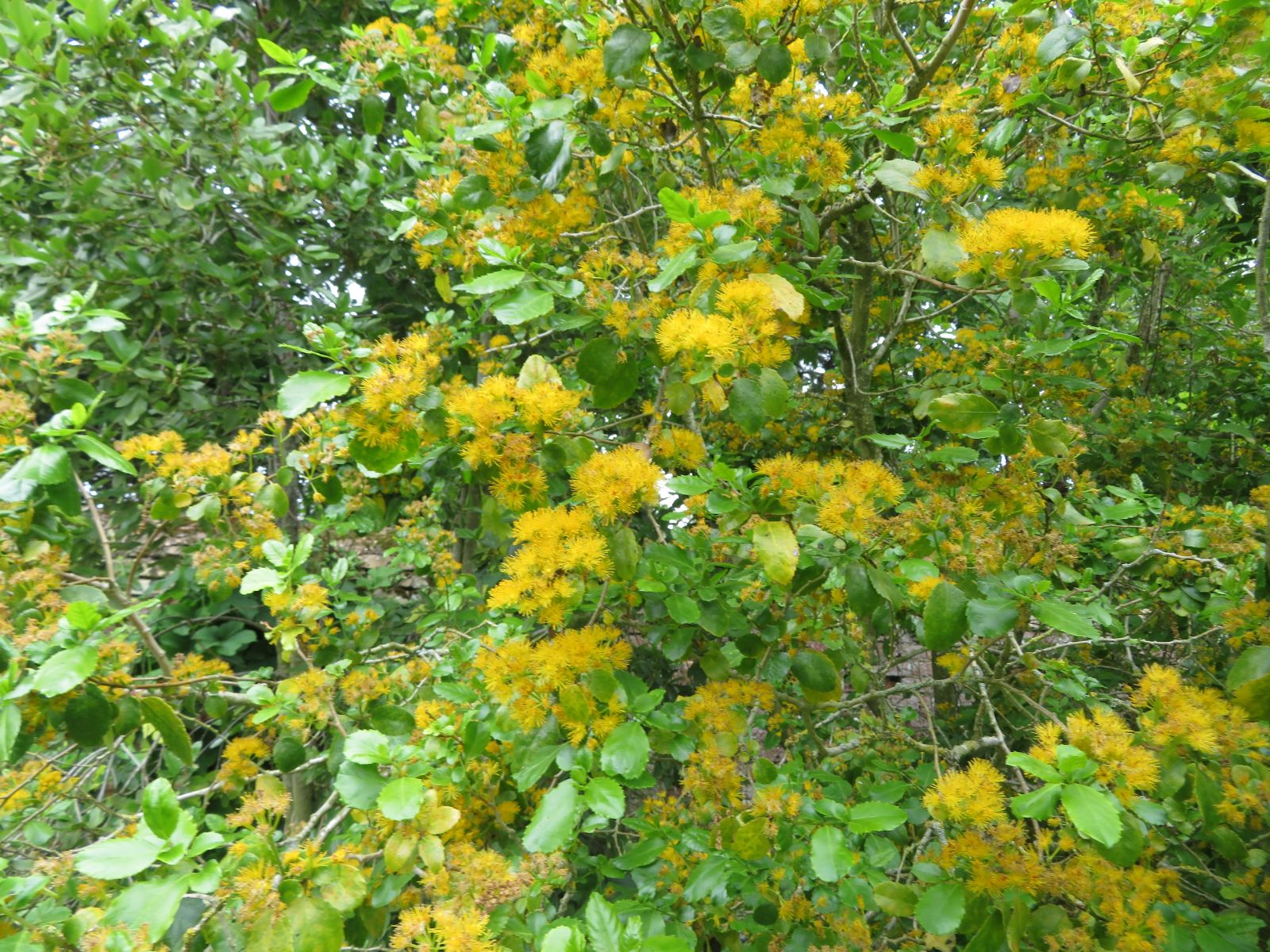Azara
Credits
Article from Bean's Trees and Shrubs Hardy in the British Isles
Recommended citation
'Azara' from the website Trees and Shrubs Online (treesandshrubsonline.
Family
- Flacourtiaceae
A genus of more or less tender shrubs, evergreen, and natives of Chile and Argentina. Leaves often apparently arranged in pairs at each joint of the branchlet, one of the pair much the smaller and really a stipule. The flowers have no petals, but abundant stamens, and are usually fragrant. A. microphylla may be grown in the open, but the others, except in the milder parts, require the protection of a south or west wall. All can be propagated by cuttings made of ripened wood placed in gentle heat. The name commemorates J. N. Azara, a Spanish scientist who was born in Aragon in 1731 and died in Paris in 1804.
From the Supplement (Vol.V)
The genus has been monographed by Dr H. Sleumer in Botanische Jahrbücher, Vol. 98, pp. 151–75 (1977) (in English).
† A. alpina Poepp. & Endl.
This species is of interest for its dwarf habit. It occurs in the Andes of Chile from the central provinces to the Bio Bio river, and in bordering Argentina. Sharing the zone of Nothofagus pumilio, it should be hardy, but a plant raised from seeds collected above the Chilian Baths, Chile, in 1963 survived only a few years at Wakehurst Place in Sussex.

